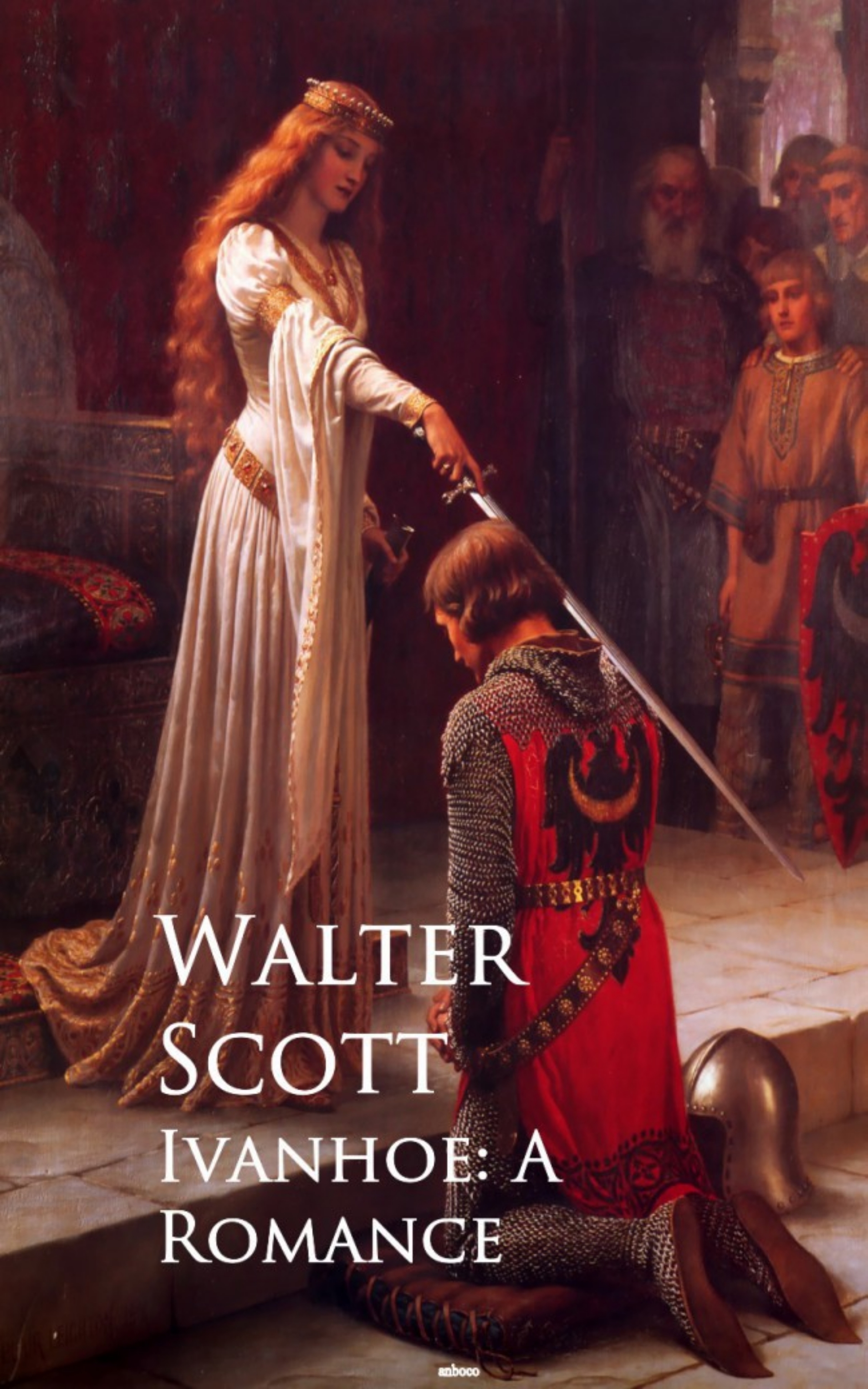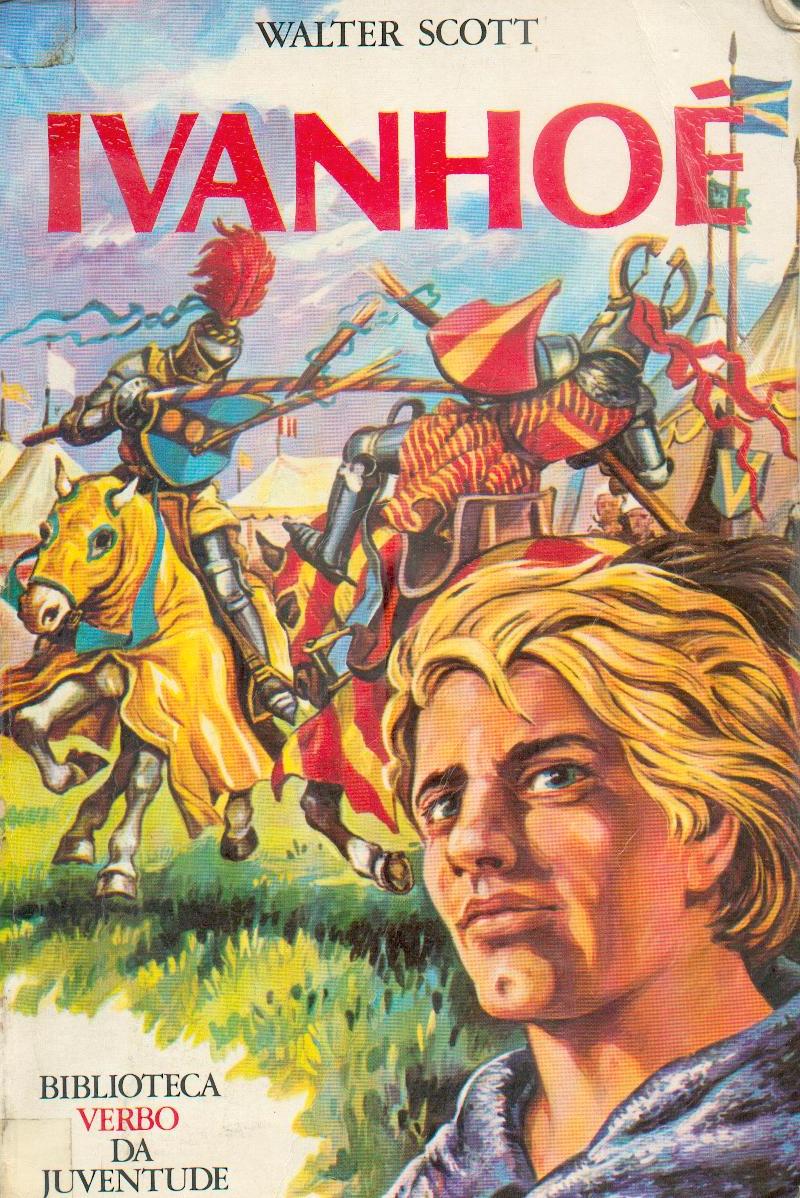

Though Scott’s sympathies are wholly with the Saxons, he also understood that open war was not going to resolve a century old rift. “Our deeds are lost in those of another race our language-our very name-is hastening to decay, and none mourns for it save one solitary old man,” he says.
.jpg)
The Saxon Cedric keenly feels the loss of the old language and customs of his people, marginalized and pushed to the side by the Norman nobility. Ivanhoe is set in 1194, more than a hundred years after the Normans defeated the Saxons at the Battle of Hastings. Though not a marvel of historical accuracy, Ivanhoe provides a compelling, colorful window into the Saxon-Norman conflict, one that you won’t get reading dry Wikipedia entries. My recent re-read of Scott’s 1819 classic of historical fiction reminded me of the following reasons why it’s still relevant and worth re-reading. And that allows us to revisit old works of art like Sir Walter Scott’s Ivanhoe with a fresh perspective. Thus, any historical fiction that dares emit a whiff of romanticism of the age is viewed by some as anathema, a whitewashed but corrupted view of “reality”.īut as time marches on and new discoveries and scholarship come to light, we’ve realized that these times weren’t quite as dark and backwards as we once believed. The Middle Ages were, to paraphrase science fiction author David Brin, an unhappy time of small-mindedness and fear, marked by the squabbles of petty nobles, ignorance, superstition, and religious persecution. There’s a school of thought that views the Middle Ages as a dark gulf between the Classical Age and the rebirth of reason known as the Renaissance.


 0 kommentar(er)
0 kommentar(er)
